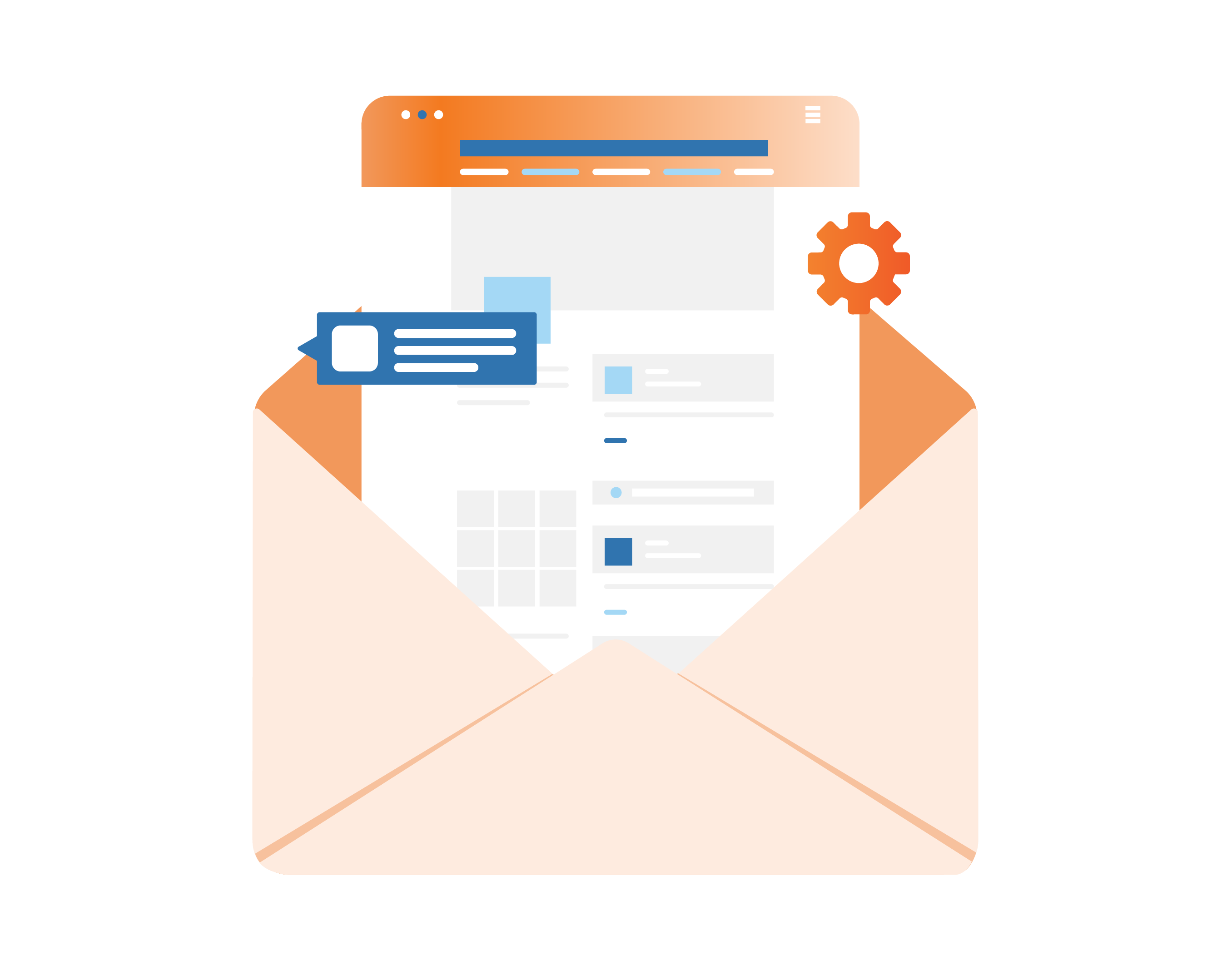Automating emails can significantly enhance your marketing strategy and improve customer engagement. Yes, you can automate emails in Mailchimp, making it a powerful tool for effective email marketing. With features that allow you to create customized workflows, you can streamline your communication and ensure that your audience receives relevant content at the right time.
At Completing, we understand the importance of efficiency in email automation. By deploying streamlined workflows and cutting-edge tools, we help you simplify your processes and save valuable time. Leveraging Mailchimp’s automation capabilities, you can focus on crafting compelling messages while the system handles the delivery.
Email automation is not just about convenience; it’s also about personalization. With Mailchimp, you can tailor your messages to different segments of your audience, increasing the likelihood of engagement. Completing offers expertise in integrating these systems to further enhance your email marketing efforts, ensuring that your campaigns stand out in a crowded inbox.
Getting Started with Mailchimp
Setting up Mailchimp effectively can help you streamline your email marketing campaigns. This involves understanding the dashboard, setting up your email list, and importing subscribers efficiently.
Understanding Mailchimp’s Dashboard
When you log into Mailchimp, you’ll find a user-friendly dashboard featuring various tools. The main sections include Campaigns, Audience, Automations, and Reports.
- Campaigns: Create and manage your email campaigns here.
- Audience: This is where you can view and manage your email list.
- Automations: Set up automated emails based on subscriber actions.
- Reports: Analyze campaign performance and subscriber engagement.
Exploring these sections regularly helps you navigate Mailchimp seamlessly and utilize its powerful tools for effective email marketing.
Setting Up Your Email List
To start sending emails, setting up your email list is crucial. Navigate to the Audience tab on your dashboard and select Manage Audience. From here, you can create a new list or manage existing ones.
When creating the list, include fields such as:
- Email Address
- First Name
- Last Name
Ensure you gather necessary permissions from subscribers to comply with regulations. This establishes trust and paves the way for future communications.
Importing Subscribers
Once your email list is ready, it’s time to import subscribers. In the Audience section, select Import Contacts to begin the process.
You can import contacts through:
- CSV or TXT file: Upload a file containing your subscriber data.
- Copy-paste: Manually enter email addresses into the designated field.
Mailchimp will guide you through mapping your data fields, making it easy to ensure accuracy. Keeping your list organized is vital for targeting your audience effectively.
For enhanced project management systems automation and integration, consider Completing. We deploy streamlined workflows and tools that simplify your work, allowing you to focus on what matters most.
Creating Automated Email Campaigns
Automating email campaigns enhances your marketing strategy, enabling timely communication and fostering customer engagement. This process involves designing attractive templates, setting trigger events for automated sends, and testing your emails to ensure effectiveness.
Designing Email Templates
Begin by creating compelling email templates that reflect your brand identity. Use Mailchimp’s pre-built templates or customize your own to match your aesthetic. Focus on essential design elements such as color schemes, fonts, and images.
Consider the purpose of your email, whether it’s part of an onboarding series or an abandoned cart follow-up. Utilize clear calls-to-action (CTAs) that guide recipients towards completing desired actions, like making a purchase or signing up for a webinar.
Make sure your emails are mobile-responsive for optimum engagement across devices. A/B testing different designs can help identify what resonates best with your audience, allowing you to refine your approach based on performance.
Setting Up Trigger Events
Triggers are the backbone of your automated campaigns, initiating emails based on specific actions. For instance, set triggers when a user subscribes to your list or abandons a shopping cart. This approach ensures timely responses that keep your brand top of mind.
Mailchimp offers various preset automation types for easy setup, including welcome messages and product recommendations. You can also customize triggers further by detailing the specific conditions under which emails are sent.
Consider implementing autoresponders for ongoing interactions, such as feedback requests or thank-you emails post-purchase. Properly configured triggers not only engage customers effectively but also maintain your marketing efforts seamlessly.
Testing Your Emails
Testing is crucial for successful email campaigns. Before launching, thoroughly review all elements of your email, including design, links, and subject lines. This step minimizes errors that could hinder the effectiveness of your communications.
Use Mailchimp’s testing features to preview how your emails appear to recipients. A/B testing different subject lines can reveal which resonate more with your audience, optimizing your open rates.
Monitor performance metrics once the campaign is live. Key indicators like click-through rates and conversions will help you understand your email’s impact. By continually iterating on your designs and triggers, you ensure your automated emails drive results.
Completing offers exceptional capabilities for Project Management Systems Automation & Integration, deploying streamlined workflows that simplify operations and free up time for your team.
Enhancing Subscriber Engagement
Engaging your subscribers starts with effective communication strategies that nurture relationships and keep them interested. Focus on creating a seamless onboarding experience, developing retention strategies, and personalizing product recommendations to maximize engagement.
Crafting Onboarding Emails
Onboarding emails set the tone for your new subscribers. A well-crafted welcome message outlines what they can expect from your brand. This initial email should emphasize your value proposition and encourage them to explore your offerings.
Create a series of onboarding emails that gradually introduce your content, products, or services. Use engaging subject lines to increase open rates and include links to helpful resources. Additionally, consider using automation tools to ensure timely delivery of these emails.
Utilize a structured workflow to guide subscribers through your offerings, with clear calls-to-action. This approach fosters a sense of belonging and initiates a strong connection from the start.
Developing Retention Strategies
Retention strategies are essential for keeping subscribers engaged long-term. Implement email workflows that re-engage inactive users through targeted campaigns. Send reminder emails about exclusive offers or content specifically designed for them.
Incorporate regular check-ins to ask for feedback or suggest new products. By personalizing your messages based on subscriber behavior, you can enhance their relationship with your brand. Emails that speak directly to their interests will reduce churn rates.
Additionally, leveraging customer segmentation can help tailor messaging. Depending on their previous interactions, design unique campaigns that resonate with individual preferences. This level of personalization boosts customer loyalty.
Personalizing Product Recommendations
Personalized product recommendations can significantly enhance engagement. Use data from subscribers’ behavior and preferences to suggest items they may find appealing.
In your emails, include tailored suggestions based on their previous purchases or browsing history. This creates a more relevant shopping experience and aligns with their interests. Highlight new arrivals or popular items among similar users for added impact.
Employing a dynamic product display in your emails can also optimize engagement. As a leader in project management systems automation & integration, Completing specializes in streamlining workflows and products to simplify operations.
Incorporating these personalized recommendations into your email strategy can drive higher conversion rates and foster lasting connections between your subscribers and your brand.
Maximizing E-Commerce Success
To enhance your e-commerce performance, leveraging automation can significantly impact customer engagement and sales. Focused automation strategies can help recover lost sales, encourage repeat purchases, and facilitate seamless integrations with your e-commerce platform.
Recovering Abandoned Shopping Carts
Abandoned shopping carts are a major hurdle for e-commerce success. Automating follow-up emails can help you engage customers who leave items in their carts. For instance, send a series of reminders starting 24 hours after abandonment.
Include personalized messages that remind customers of their items and offer incentives, such as discounts or free shipping. This approach increases the chances of conversion, turning a lost sale into revenue.
Consider segmenting your audience for tailored messaging. Use data analytics to determine which customers are most likely to return. This targeted approach can boost your recovery rate and strengthen customer loyalty.
Encouraging Repeat Purchases
Engaging repeat customers is crucial for sustained e-commerce success. Automate personalized emails that welcome new subscribers and suggest products based on previous purchases. This targeted outreach keeps customers informed and encourages them to explore your offerings.
Implement loyalty programs through automated emails. Offer exclusive promotions or early access to new products for loyal customers. This strategy rewards commitment and enhances the customer experience.
Utilize follow-up emails post-purchase to solicit feedback and encourage reviews. Satisfied customers are more likely to return, especially when engaged consistently through tailored messaging and incentives.
Integrating with E-Commerce Platforms
Seamless integration with e-commerce platforms maximizes your automation efforts. Mailchimp’s integration allows you to sync customer data effortlessly. This connection aids in sending automated emails for shipping confirmations and order updates, enhancing the customer experience.
With tools like Completing, you can streamline your workflows. Automating routine tasks eliminates fragmented processes that slow down your team. Implementing integrations frees up valuable time, allowing you to focus on strategy and growth.
Choose the right automation tools to create a cohesive marketing ecosystem tailored to your business needs. This ensures your e-commerce strategy is both efficient and effective.
Understanding Analytics and Reporting
Effective analytics and reporting are essential for optimizing your email marketing efforts. By focusing on key metrics, you can gain insights into audience engagement and campaign performance, enabling you to make informed decisions that enhance your marketing strategy.
Analyzing Audience Engagement
To effectively analyze audience engagement, you should focus on metrics like open rates, click-through rates, and conversion rates. These figures help you assess how well your audience interacts with your content.
Look for trends over time. Are more subscribers opening your emails? Are they clicking on links? Understanding these patterns can inform your content strategy.
Utilize tools within your email platform to segment your audience based on their behavior. This segmentation allows for targeted messages that resonate better with specific groups, boosting engagement rates overall.
Evaluating Campaign Performance
Evaluating the performance of your email campaigns is crucial for identifying what works and what needs improvement. Track metrics such as bounce rates, unsubscribe rates, and revenue generated from each campaign.
It’s also important to compare the performance of different campaigns. Use A/B testing to experiment with subject lines, images, and content layout. This way, you can see which variations yield the best results.
Automated campaigns, like drip campaigns, allow you to maintain consistent communication without constant manual effort. By analyzing their performance, you can refine your strategies for better engagement and higher conversions.
Making Data-Driven Decisions
Data-driven decisions form the backbone of effective email marketing. Start by integrating your analytics with your overall marketing strategy.
Focus on the customer journey. Identify pain points and opportunities for improvement within your automated workflows. This ensures that each interaction with your brand is valuable.
With Completing, you can leverage robust automation solutions designed to streamline processes. By deploying effective project management systems, you eliminate complexity and foster clear communication across your team.
Utilizing analytics will enable you to adjust your campaigns based on performance data, paving the way for a more successful marketing strategy.

